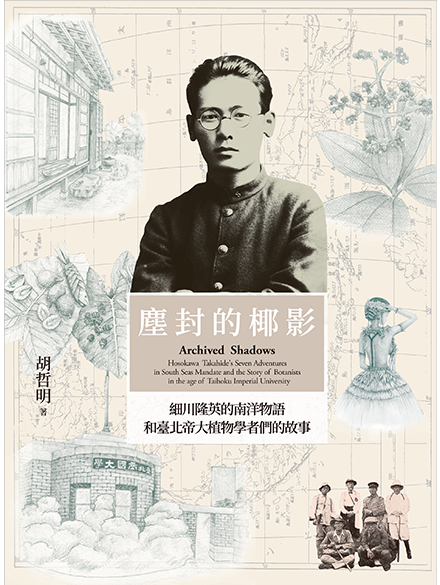Traditional Chinese medicine (TCM), whether eaten, topically applied, or inhaled, is meant to provide the body with nourishment, relieve sickness, and resolve the symptoms of illness. Its holistic healing methods are intimately tied to the surrounding social and environmental fabric, with TCM traditionally viewed as a bridge linking humans to the divine. In fact, before the advent of modern medicine, TCM prescriptions were regularly given at temples and then filled at apothecaries, underscoring the deep ties between herbal remedies and religious faith in Chinese culture. TCM is meant to not only heal the physical but the spiritual as well.
Drawing from the well of history, the narrative can’t help but pique reader interest in Taiwan’s TCM apothecaries. One story relates how a young Austronesian returns to his home village and builds a successful herbal therapy brand leveraging local healing-herb culture and multi-generational herbal medical wisdom. Another tells how a second-generation TCM shop owner, by adding a home-delivery service to the family business, builds a platform for sharing TCM knowledge to a wider audience and enlarging their customer base.
Herbal apothecaries are tied intimately to the surrounding land and soil. The thirty stories in Tonic for the Ages are the fruit of countless interviews and recordings conducted across the Kaohsiung area. Each is one piece of a puzzle that, when finished, tells an enticing story of the ever-changing natural and human landscapes in this corner of southern Taiwan.








